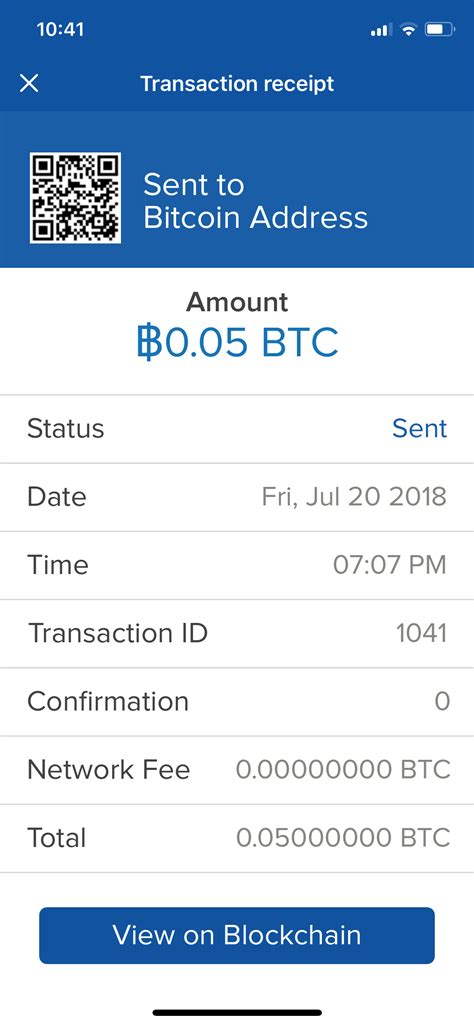Understanding Bitcoin Wallet and Its Security Measures
Bitcoin is a decentralized, digital currency that allows users to send and receive payments without the need for intermediaries like banks. To facilitate this process, Bitcoin wallets use advanced security measures to verify transactions on the blockchain. In this article, we will look at how Bitcoin Wallet detects when someone sends money to your wallet, how it continuously checks for new blocks on the blockchain, and what’s behind its 24/7/365 operation.
How does Bitcoin Wallet know someone sent you money?
Bitcoin wallets use a technology called “public-key cryptography” to verify transactions on the blockchain. Here’s a simplified explanation of how it works:
- Transaction creation

: When a user initiates a transaction, your wallet receives the public key associated with the recipient’s address.
- Encryption
: The sender encrypts their transaction using your wallet’s private key.
- Blockchain hash: Your wallet generates a unique hash for the encrypted transaction using its own private key and a cryptographic algorithm (e.g. SHA-256).
- Transaction broadcast: The encrypted transaction is sent to the Bitcoin network, where it is verified by nodes on the blockchain.
How does your wallet know someone sent you money once the block containing the transaction is mined?
When a new block with a valid transaction is mined, your wallet receives notifications from the Bitcoin network. To verify transactions on the blockchain, wallets use the following process:
- Block hash: The miner (the node responsible for solving complex mathematical problems) hashes the entire block, including all previous blocks and transactions.
- Transaction verification: Your wallet verifies the validity of the transaction by checking:
- Signature: Is the sender’s private key valid?
- Blockchain integrity: Are there any inconsistencies or malicious activity in the block hash?
- Wallet verification: If everything is OK, your wallet updates its local copy of the blockchain with a new block containing the verified transaction.
How does my wallet continuously check for new blocks in the blockchain 24/7, 365 days a year?
Bitcoin wallets do not run indefinitely; they are designed to process transactions in batches. To achieve this, you can install a Bitcoin client software that will periodically check for new blocks in the blockchain and verify them locally with your private key.
Here’s an example of how you might configure a wallet:
- Select wallet provider: Choose a reputable wallet provider (e.g. Electrum or Blockchain) that supports batch processing.
- Set up notifications: Configure the wallet to send you notifications when new blocks are mined and contain verified transactions.
- Run in batch mode: Set up your wallet to run in batch mode so that it regularly checks for new blocks on the blockchain.
Some popular wallets also have built-in features such as:
- Automatic reconnection: Some wallets can automatically reconnect to the Bitcoin network if the connection is lost.
- Scheduled rechecks: Wallets can schedule periodic rechecks of the blockchain to verify transactions.
Additional Security Measures
To further improve the security of your wallet, you should take additional measures such as:
- Two-factor authentication (2FA): Enable 2FA with a separate authenticator app or password.
- Encryption: Use full disk encryption for your wallet and its data.
- Secure storage: Store your private key in a safe place, such as an encrypted USB drive.
By understanding how Bitcoin wallets work and taking additional security measures, you can protect yourself from potential risks and reap the benefits of this innovative digital currency.
Leave a Reply